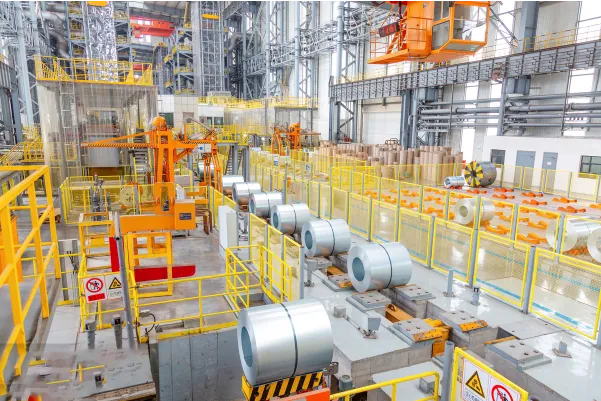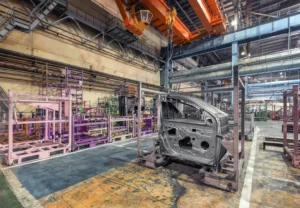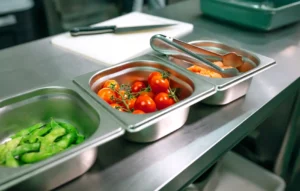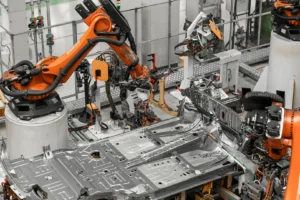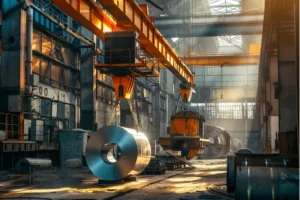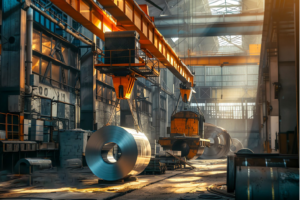Top 5 Stainless Steel Coil Suppliers: The Best Choice for SE Asia
Choosing the right stainless steel coil supplier is complex. You face price volatility and quality risks. We offer the clarity needed to select a reliable, long-term partner for your business.
The best stainless steel coil suppliers for Southeast Asia are those who combine robust production, advanced digital supply chains, and deep local market knowledge. These suppliers ensure consistent quality, competitive pricing, and resilient delivery, making them strategic partners rather than just vendors.

As the Global Business Director for MFY, I've seen firsthand how Southeast Asia has become a global manufacturing hub. This rapid growth brings immense opportunity, but it also puts incredible pressure on supply chains. Finding a supplier isn't just about getting a good price; it's about securing a partner who can fuel your growth without interruption. Let's break down how you can identify the best players in this dynamic market.
What Does the Stainless Steel Coil Market in Southeast Asia Look Like?
The market is booming, but this growth creates uncertainty. You need to understand the landscape to make smart decisions. We can help you see the key trends driving demand.
The Southeast Asian stainless steel coil market is characterized by soaring demand from industrialization, infrastructure projects, and manufacturing. This growth requires suppliers who can deliver high volumes of quality material reliably and efficiently, adapting to the region's diverse and evolving needs.
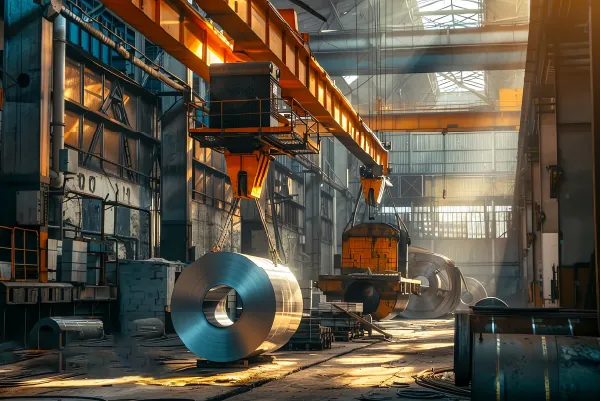
The transformation across Southeast Asia is something we at MFY watch closely. It’s not just one country; it’s a regional phenomenon. From automotive manufacturing in Thailand to electronics in Vietnam and massive infrastructure projects in Indonesia and the Philippines, the need for high-quality, corrosion-resistant materials is exploding. This isn't a temporary spike; it's a fundamental shift as the region establishes itself as a global production powerhouse.
The Driving Forces of Demand
The demand is multifaceted. In construction, stainless steel is crucial for everything from structural components to architectural finishes, especially in coastal areas where corrosion resistance[^1] is non-negotiable. In manufacturing, it's the backbone of equipment for food and beverage processing, medical devices, and consumer appliances. I recently spoke with a partner in Malaysia who is expanding their kitchenware production line. Their primary concern wasn't just the cost of 304-grade coils[^2] but the guarantee of a consistent supply to meet their aggressive production schedule. This story is repeated across the region. Suppliers who understand these specific end-use applications and can provide the right grades and finishes are the ones who will succeed. The market is maturing beyond a simple commodity trade into a value-driven ecosystem where technical expertise and supply chain reliability are paramount.
Who Are the Current Leading Suppliers of Stainless Steel Coils in the Region?
Finding a top supplier feels overwhelming with so many options. You worry about picking an unproven or unreliable partner. We can highlight the key players you should be considering.
The leading suppliers are a mix of large Chinese mills like MFY, established players from South Korea and Taiwan, and growing local producers. The best choice depends on your specific needs for quality, volume, speed, and digital integration.
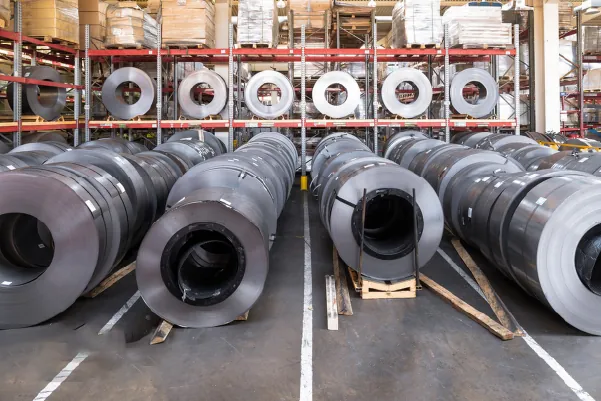
When you evaluate the supplier landscape, it’s helpful to think in terms of capabilities rather than just names. The top tier of suppliers today are not just manufacturers; they are integrated logistics and service providers. At MFY, for instance, our strength comes from controlling the entire supply chain, from raw material sourcing to final delivery. This integration allows us to offer stability and speed that others can't match.
Evaluating Key Supplier Capabilities
The market leaders distinguish themselves in several ways. Chinese suppliers, including us at MFY, offer immense production scale and competitive pricing, backed by increasingly sophisticated quality control and digital supply chain management[^3]. South Korean and Taiwanese mills have a long-standing reputation for high-end, specialized products. Meanwhile, local producers in countries like Indonesia and Vietnam are gaining ground, offering advantages in lead time for certain standard products. The smartest buyers build a strategy that leverages the strengths of different supplier types.
| Supplier Origin | Key Strengths | Considerations |
|---|---|---|
| China (e.g., MFY) | Massive scale, competitive cost, integrated supply chain, digital innovation | Navigating logistics, selecting quality-focused partners |
| South Korea/Taiwan | High-end quality, specialized grades, strong R&D | Higher price point, potentially longer lead times |
| Local SE Asia | Shorter lead times, no import duties (in some cases) | Limited product range and production capacity |
| Global Traders | Broad network, flexible sourcing | Less control over production, potential for higher costs |
Ultimately, a top-tier supplier is one who acts as a partner, using their capabilities to enhance your own.
What Challenges Do Buyers Face When Selecting a Supplier?
You're trying to balance cost, quality, and delivery. A wrong decision can lead to production delays and budget overruns. We understand these pressures and can help you avoid them.
Buyers in Southeast Asia frequently struggle with price volatility, inconsistent material quality, and unreliable delivery schedules. Overcoming these challenges requires a shift from transactional purchasing to building strategic partnerships with transparent and resilient suppliers.
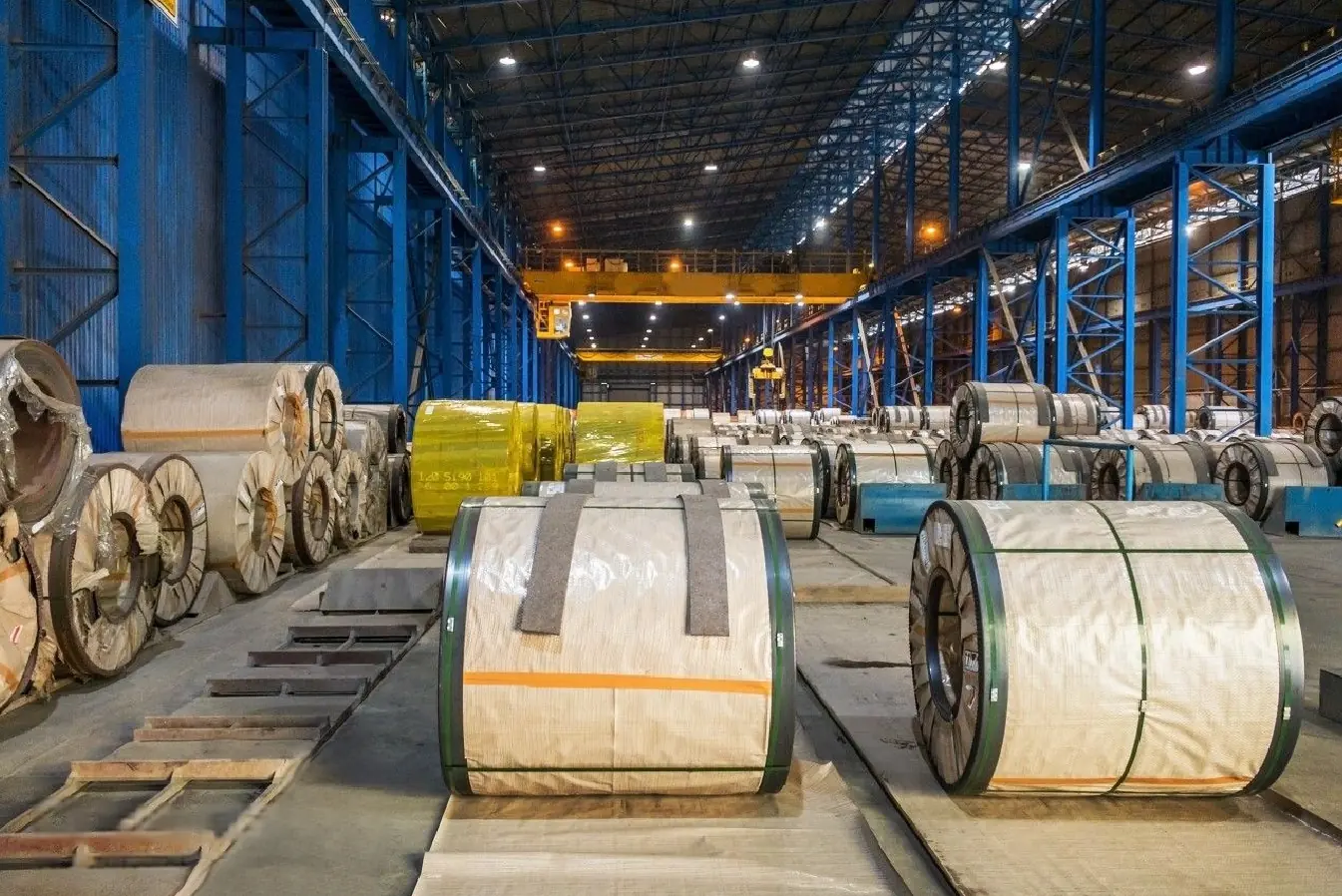
The challenges are real, and they can have a significant impact on your bottom line. I remember a client in the Philippines who was sourcing coils for a major construction project. They initially chose a supplier based on the lowest price, but they were hit with unexpected delays and a batch of coils that failed quality inspection. The cost of project delays and rework far outweighed their initial savings. This is a classic trap. The true cost of a supplier goes far beyond the per-ton price.
Navigating Price Volatility
The stainless steel market is notoriously volatile, influenced by nickel prices, global demand, and trade policies. A supplier who isn't well-integrated or financially stable can pass this volatility directly onto you, making it impossible to budget effectively. At MFY, our integrated model helps us absorb some of this shock. By managing our own raw material flow and production schedules, we can offer more stable, predictable pricing for our long-term partners.
Ensuring Quality Consistency
Another major hurdle is ensuring the material you receive in your tenth shipment is identical to the first. Inconsistent quality leads to equipment adjustments, higher scrap rates, and potential product failure. This is where a supplier's commitment to technology and process control becomes critical. We invest heavily in automated inspection systems and maintain detailed traceability for every coil we produce. This isn't just about meeting a standard; it's about providing our partners with the peace of mind that their production lines will run smoothly, every time.
You need a clear plan to vet suppliers effectively. Without a good strategy, you risk making a costly mistake. We provide a simple framework for making the right choice.
The best strategy is to look beyond the price and evaluate a supplier's total value. This includes assessing their technological capabilities, supply chain resilience, and their ability to provide localized service and support.

The most successful companies I work with treat supplier selection as a strategic decision, not a tactical purchase. They build a scorecard and evaluate potential partners holistically. This process doesn't have to be complicated, but it does require you to think about your supplier's business as an extension of your own. How do they handle disruptions? How do they use technology to make your life easier? These are the questions that separate a mere vendor from a true strategic partner.
Beyond the Price Tag: A Holistic Approach
Your evaluation should focus on three core areas. First, production and quality. This includes certifications (like ISO 9001[^4]), testing procedures, and the technology they use on the factory floor. Second, supply chain and logistics. Ask about their inventory management, typical lead times to your location, and their contingency plans for shipping delays. A supplier who can offer real-time tracking provides a massive advantage.
The Digital Advantage in Supply Chains
This brings me to the third, and increasingly most important, area: digital integration. In today's market, agility is everything. A supplier who leverages data and digital tools is a more agile partner. At MFY, we've developed a digital platform that gives our clients real-time visibility into their orders, from production status to shipment location. This transparency allows them to manage their inventory more effectively and respond faster to changes in demand. When you're vetting a supplier, ask to see their digital tools. Their investment in technology is a direct investment in your success.
What Technical Specs Define a High-Quality Stainless Steel Coil?
Technical jargon can be confusing. You worry about ordering the wrong grade or finish for your application. We can simplify the key specifications you need to know.
A high-quality stainless steel coil is defined by precise chemical composition (grade), a uniform surface finish, and tight dimensional tolerances (thickness, width). Matching these specifications to your application is crucial for performance and cost-effectiveness.

Choosing the right technical specifications is where you can unlock significant value or incur hidden costs. Using a grade that is over-specified for your needs increases cost, while an under-specified grade can lead to premature failure. A good supplier acts as a consultant, helping you select the optimal material for your project. We often work with clients to analyze their end-product requirements and recommend a grade or finish that delivers the best balance of performance and price.
Understanding Stainless Steel Grades
The grade defines the coil's chemical composition and, therefore, its properties like corrosion resistance and strength. For the Southeast Asian market, a few grades are dominant.
| Grade | Key Properties | Common SE Asia Applications |
|---|---|---|
| 304/304L | Excellent corrosion resistance, good formability | Kitchenware, food processing, architectural trim |
| 316/316L | Superior corrosion resistance, especially against chlorides | Marine hardware, chemical processing, coastal construction |
| 430 | Good corrosion resistance, magnetic | Automotive trim, indoor appliances, decorative panels |
| 201 | Lower cost, moderate corrosion resistance | Indoor decorative items, low-cost utensils |
The Importance of Surface Finish and Tolerances
The surface finish (e.g., 2B, BA, No. 4) affects both the appearance and performance of the final product. A smooth, clean 2B finish is standard for many industrial applications, while a bright annealed (BA) or polished finish is used for decorative purposes. Equally important are the tolerances for thickness and width. A coil with inconsistent thickness can cause major problems in automated stamping or roll-forming lines. Insisting on tight tolerances from your supplier is a simple way to improve your own production efficiency and reduce waste.
Conclusion
Choosing the right stainless steel coil supplier in Southeast Asia is about finding a strategic partner. Look for a company that offers not just competitive pricing, but also proven quality, supply chain resilience, and the digital tools that give you a competitive edge.
Have Questions or Need More Information?
Get in touch with us for personalized assistance and expert advice.
